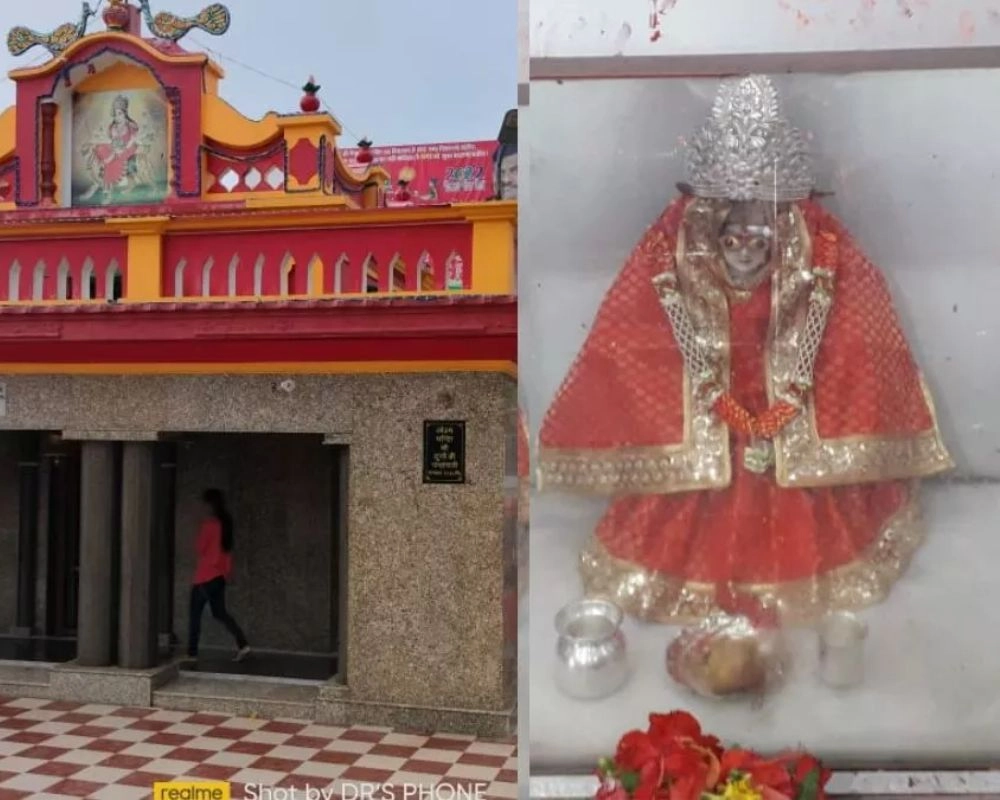Shri Panchmukhi Hanuman Temple
Nestled amidst spiritual serenity and cultural vibrancy, Shri Panchmukhi Hanuman Temple stands as a ...

India, a land of spirituality and sacred traditions, is home to thousands of temples, each with its own unique significance. Among them, the Durga Temple holds a special place in the hearts of devotees. Dedicated to Goddess Durga, the fierce and compassionate mother deity, this temple is a powerful symbol of Shakti – the divine feminine energy that protects, nurtures, and empowers.
Goddess Durga is the embodiment of power, courage, and righteousness. In Hindu mythology, she was created by the combined energies of the gods to destroy the buffalo demon Mahishasura, symbolizing the triumph of good over evil. With her ten arms holding various weapons and riding a lion, she represents strength, protection, and maternal care.
The Durga Temple is more than just a place of worship – it is a spiritual powerhouse where devotees come to seek strength, protection, and blessings. The divine aura of the temple fills one with courage and peace. The idol of Maa Durga, often depicted in her Mahishasura Mardini form, reminds worshippers that no evil is too powerful to overcome with faith and courage.
Key beliefs associated with Durga Temples:
Protection from evil and negative forces
Strength to overcome life's struggles
Success in personal and professional life
Inner peace and emotional healing
Durga Temples are known for their intricate carvings, majestic gopurams (towers), and spiritually rich ambience. The sanctum typically houses a beautifully adorned idol of Maa Durga. The walls and ceilings often depict scenes from Devi Mahatmya and other scriptures that narrate the glory of the goddess.
Some famous temples also include shrines dedicated to other goddesses like Lakshmi, Saraswati, Kali, and Parvati, symbolizing the complete spectrum of feminine divinity.
The most important festival celebrated at any Durga Temple is Navratri, a nine-day festival dedicated to the nine forms of Goddess Durga. During this time:
The temple is decorated with flowers and lights
Special aarti and bhajans are performed daily
Devotees fast, chant mantras, and offer prayers
Kanya Puja is performed on the 8th or 9th day
The atmosphere is filled with devotion, energy, and joy
Durga Ashtami and Vijaya Dashami (Dussehra) are especially significant days that witness large gatherings and grand rituals.
While there are thousands of Durga temples across India, a few stand out due to their historical, mythological, or architectural importance:
Durga Temple, Varanasi (Uttar Pradesh) – Known as the “Monkey Temple,” built in the 18th century with striking red color.
Chamundeshwari Temple, Mysore (Karnataka) – Dedicated to Chamundi Devi, a fierce form of Durga.
Kanaka Durga Temple, Vijayawada (Andhra Pradesh) – Situated on Indrakeeladri hill, overlooking the Krishna River.
Vaishno Devi Temple, Jammu & Kashmir – Though mainly Vaishnavi, it’s one of the holiest shrines of Goddess Durga.
Many devotees have shared that visiting a Durga Temple gives them a renewed sense of hope, power, and clarity. Whether facing personal battles or simply seeking divine blessings, standing in front of Maa Durga's idol often evokes emotional strength and spiritual connection like no other.
Nestled amidst spiritual serenity and cultural vibrancy, Shri Panchmukhi Hanuman Temple stands as a ...
